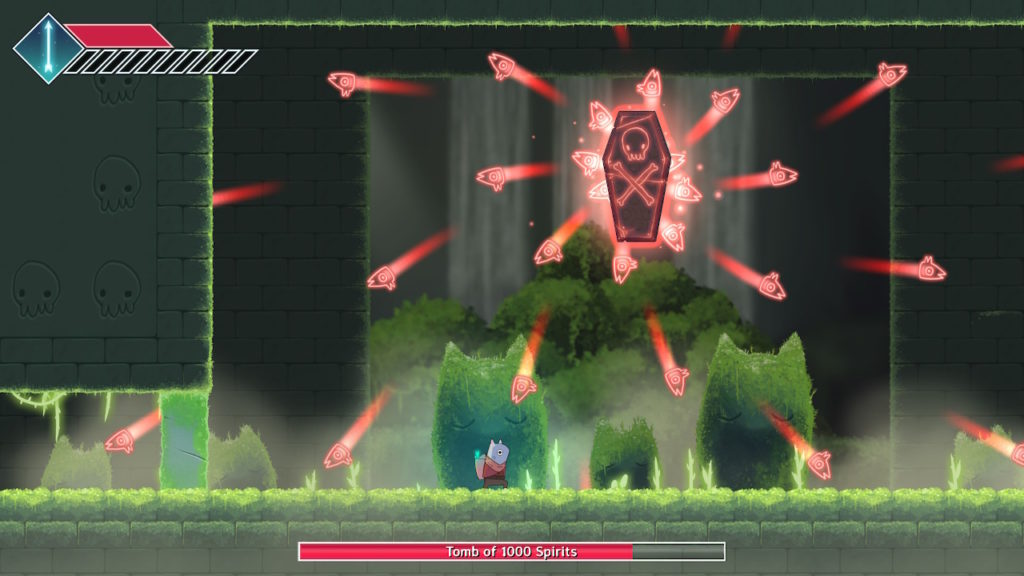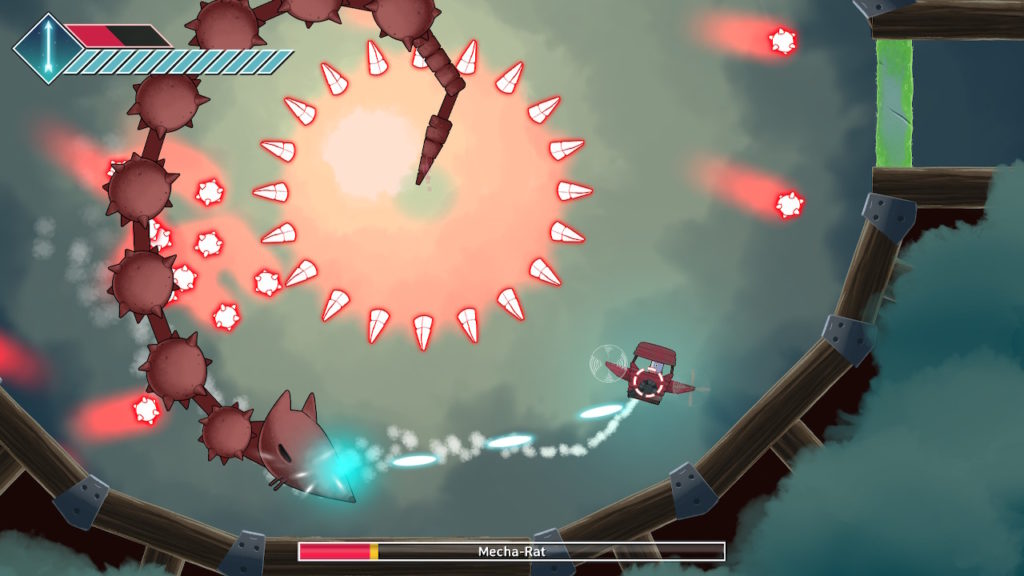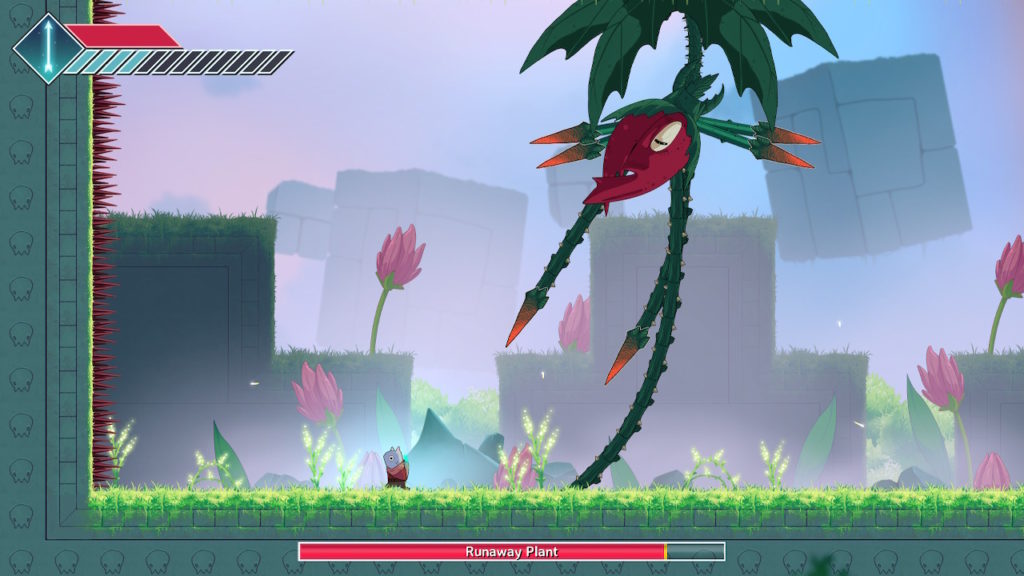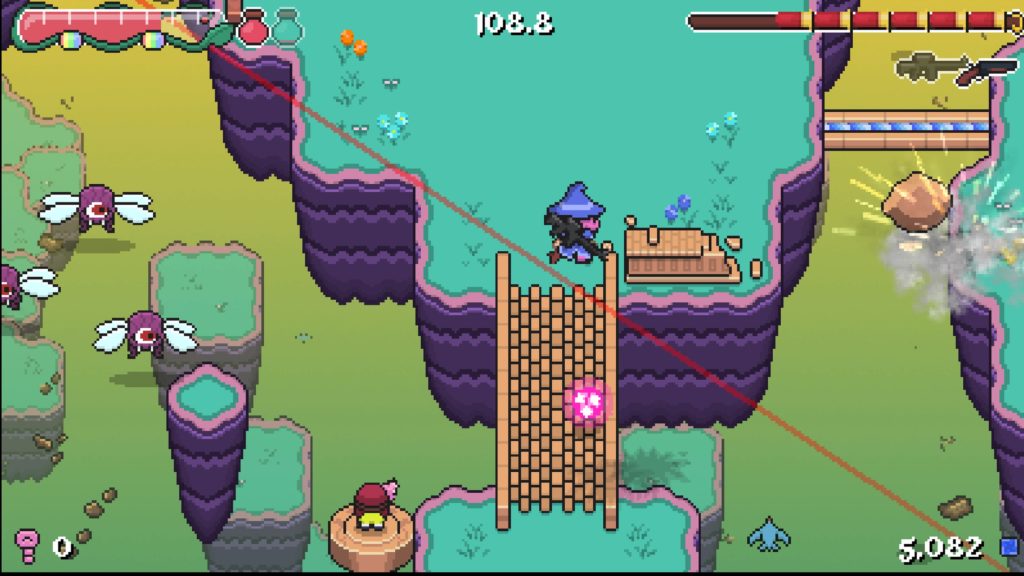- Genre: Action/Adventure
- Platform: PS5
I was thinking about Final Fantasy XV a lot while playing this game. Not because they’re at all similar in gameplay – because they completely aren’t – but because they shared one thing in common in my head. They’re both glorious clusterfucks that I simply could not stop playing and ended up one of my favorite games of late. I can’t necessarily explain well why that is, but the game kept its hooks in me despite what are some fundamental problems with the overarching game.
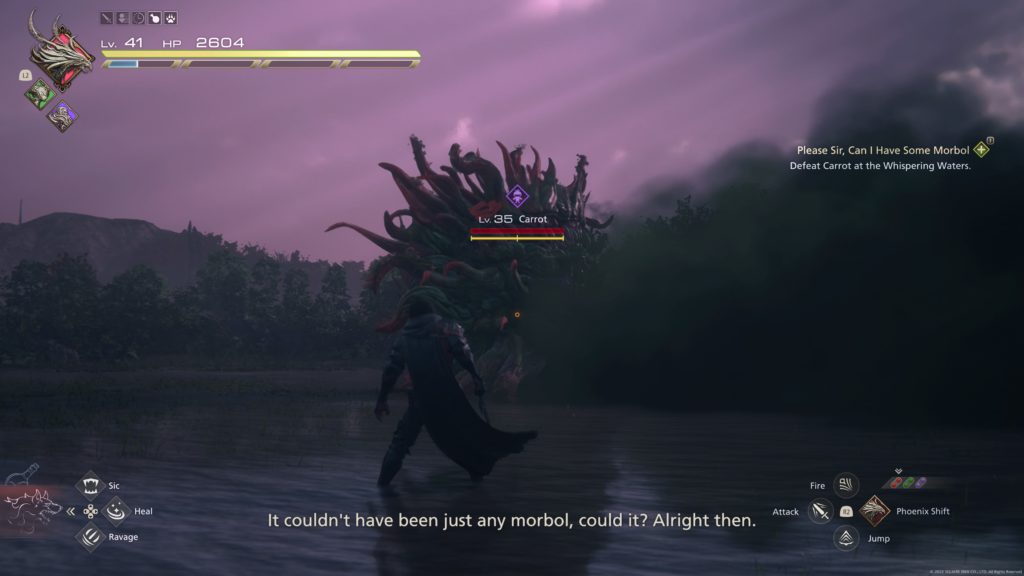
It’s obvious at a glance that this isn’t your normal Final Fantasy. It’s distinctly not a JRPG. I would argue that despite it having leveling and gearing and stats, it’s not even an action RPG. None of that stuff actually ended up mattering to combat. What it is to me is a pure action game. It’s a weird blend of Bayonetta and Devil May Cry, which makes a lot of sense given members of both teams were involved, where neither side of that equation really wins out. That’s where the problems come in.
The DMC side is evident in the way that overall combat flow works. It’s heavily combo based with a strong emphasis on defensive parry and dodge mechanics to minimize damage. Overall this works very well. Enemy tells generally pretty obvious without being too easy, though overall there isn’t enough of a penalty for failing to avoid damage. There’s mechanics in place to stun enemies that really encourage smart use of your entire toolset. There’s a good mix of secondary abilities that allow you to modify your combat style to your preference, ranging from gap closing teleports to shields to elemental abilities that further help stunning. However, the combo system overall doesn’t have much depth, so it fails to live up to the full potential of DMC.
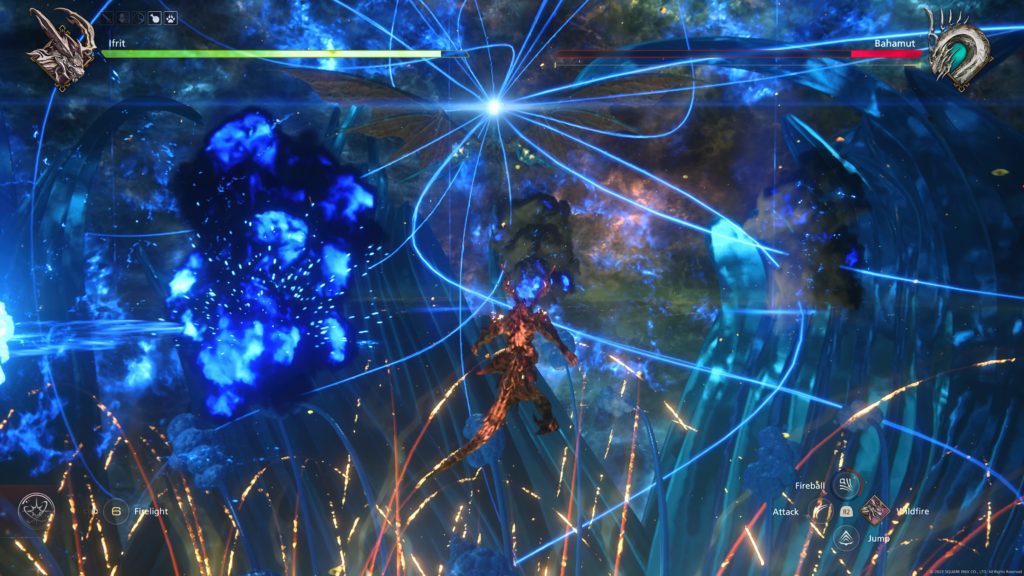
The Bayonetta side comes in during the very obvious set piece boss fights. Parts of most boss fights are traditional combat, but more often than not at least half the fight is a basically impossible to lose set piece where you’re fighting things of ridiculous scale. Those are the kaiju-style fights that were seen in a lot of preview footage. While they are ridiculously easy, they’re so exciting and visually spectacular and completely over the top that it really doesn’t matter that you can’t lose. It’s worth it for the experience of the fight, and in my brain was easy to rationalize away as the reward of getting to that point. However, because the game is fighting against the needs of the other systems, there simply aren’t enough of them. Their timing is predictable, but the time distance between them means you don’t get the pace of excitement of Bayonetta.
The traditional Final Fantasy side comes in leveling and gearing and side quests. Side quests (both NPC-granted and in the form of special hunts) is the way that you get materials to create the best gear. However, the NPC-granted quests at least are generally just in the form of boring fetch quests, so unless you’re a completionist there’s very little reason to want to finish them all. Leveling and gearing is gears at the inclusion of stats, but none of it ever felt impactful. Obviously by end game I had gained a large amount of stats in both to have an impact on my power curve, but the progression of it through each upgrade was so small that it was only the totality of it that felt important. Trash and bosses at the beginning of the game took about the same amount of time to kill as at the end of the game. If they’d have had a flat power curve and completely depended on player skill to get through the end of the game, I don’t think the experience would have been diminished.
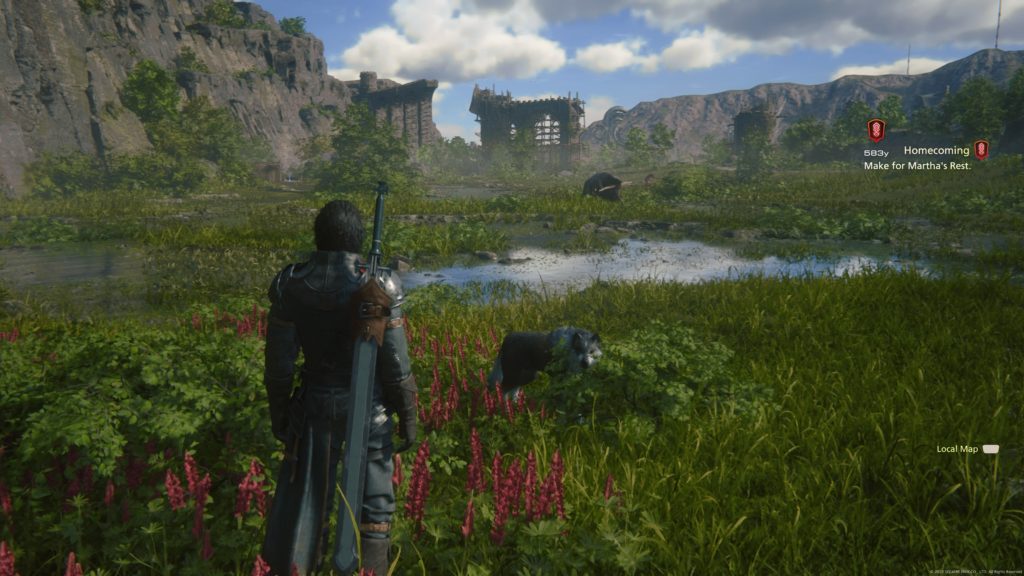
I know reading that it probably seems that I shouldn’t have liked the game that much, but I really can’t explain why I ended up absolutely loving my time with the game. There’s an inexplicable pull to moving forward in the game that I can’t explain beyond it being one of those magic “good game” things. Trash was just fun to fight, despite having done it 1000 times before. Bosses were so spectacular that I wanted to see the next one. Exploring the way I could integrate new elements into the way I fought was interesting enough despite not having a ton of depth. If there’s really one criticism I would point at, it’s that I think the game wouldn’t have suffered from slimming down the side cruft and making it more linear of an experience. The core that is there is fun enough that it didn’t need the hamfisted smashing in of traditional Final Fantasy, because it just didn’t need it.
If there was one part that really missed for me though, it was the story. It’s not that it was bad, but it just felt underdeveloped. The whole bearers hatred in the game was an obvious attempt to hit on racism without actually tackling racism as a subject. It wasn’t even handled poorly, but felt kind of pandering to be doing a racism-focused story in 2023 where the focus of the racism could easily hide in their society. It probably didn’t help that a lot of the acting was pretty stiff, which may be an English problem but was kind of noticeable. The game also just ended at the end. This is unfortunately common in a lot of games, but wish that more games gave me a solid playable epilogue so I could at least see some of the results of what I did, rather than just leaving it to the imagination. I want to see the effect my actions had, and it feels hand wavey to the max to just end. The story just ended up being fine, which wasn’t really up to the spectacle of the rest of the game.
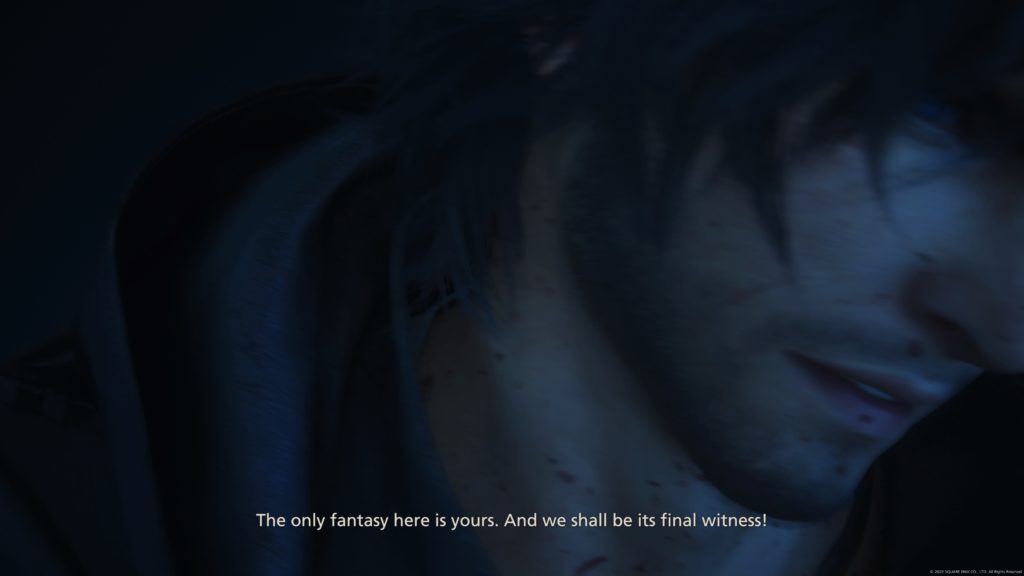
It’s likely to go down as one of the most controversial games in the Final Fantasy series, simply due to its departure from the style of the past, but I think Square has made a good decision here in reestablishing that Final Fantasy are at their core extraordinarily well produced games of any style at their core, and not just RPGs that have stick to a set of conventions to get by.
Game Ramblings #27 – Final Fantasy XV – DWGames
I said that at the end of my ramblings about Final Fantasy XV, and boy could I not have imagined how much further they would have gone with the next game in the series. This is an even more spectacularly far departure from the past, but I think it still holds true. Final Fantasy is where they show what happens when they put their whole studio effort behind a title. It may not be what everyone wants but the result of the effort is evident. The game is obviously the combined effort of Square pulling together members of a white variety of games and the result is something completely wild. This is a game that is a glorious clusterfuck, but it’s a game that I could not put down and it’s a game that I easily recommend.


